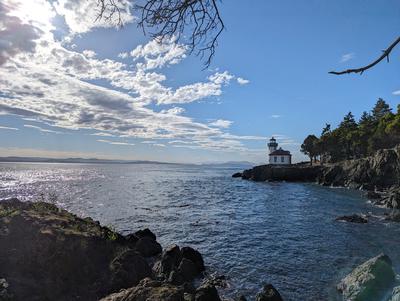Integrative Marine Ecology
The Sea in the Desert
We study how ecological and evolutionary processes drive the distribution and persistence of organisms using data science, synthesis, field sampling, and experimentation.

The Sea in the Desert
We study how ecological and evolutionary processes drive the distribution and persistence of organisms using data science, synthesis, field sampling, and experimentation.
